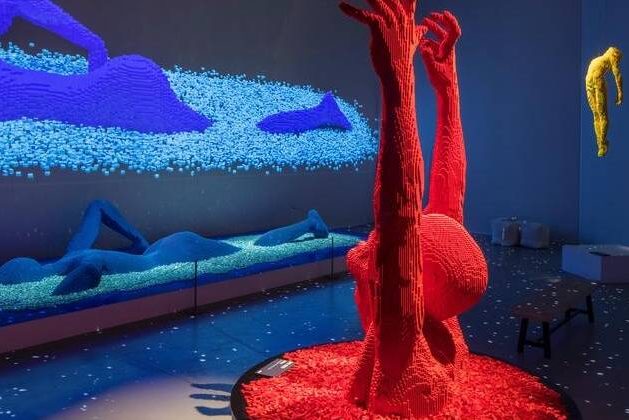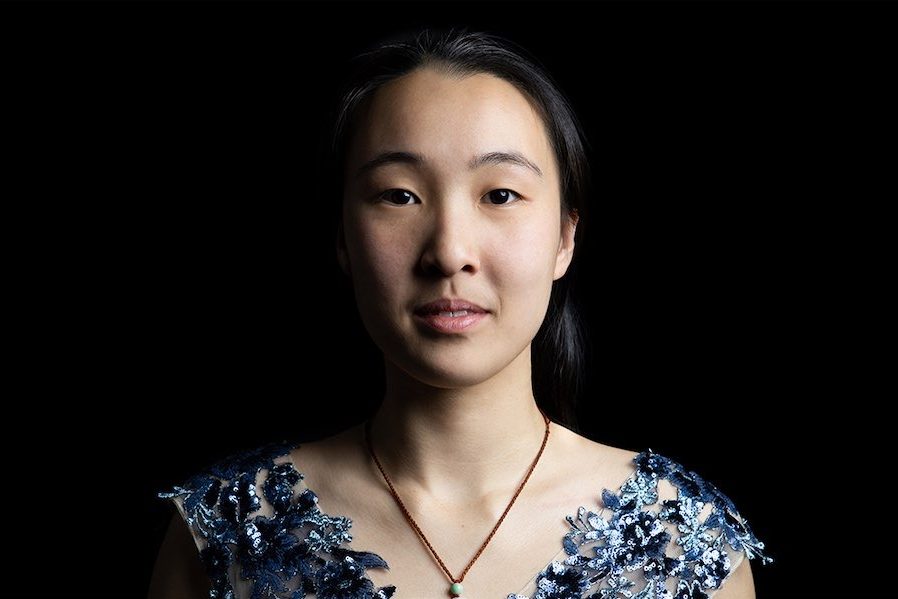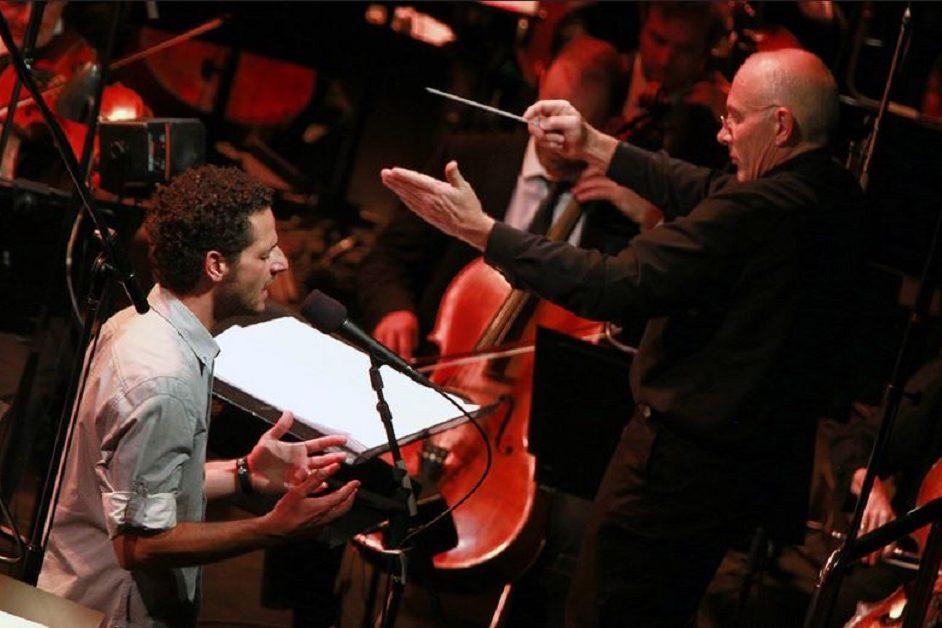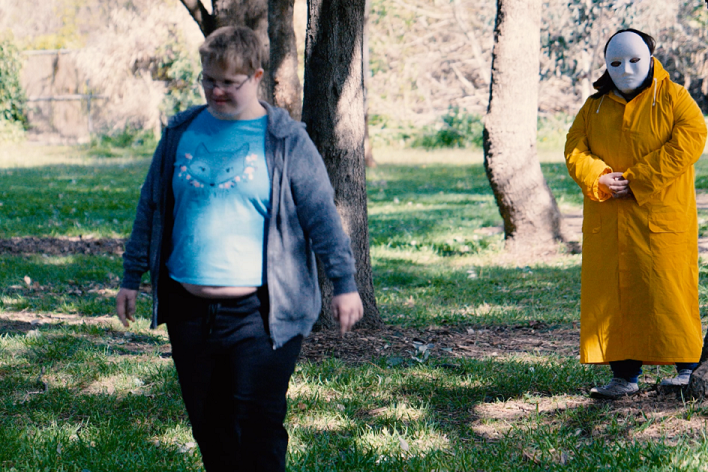
Art of the Brick was an experiment when it first showed in Australia. The exhibition has since become a global success and returns to Melbourne after 13 years, reports LIZ HOBDAY.
Brick by brick, sculptor Nathan Sawaya has built the kind of success most artists can only dream of.
He’s currently holding four exhibitions around the world – in London, Paris, Philadelphia and Miami – and more than 10 million people have viewed his sculptures.
Of course, the lines to enter Sawaya’s exhibitions are not just about the forms of his surprising constructions, but what they are made from: thousands upon thousands of tiny Lego bricks.
The first international Art of The Brick exhibition was held in Melbourne in 2011, and in April the show will return to the Victorian capital with 100 new sculptures, involving more than a million pieces of Lego.
Like all good world-building, Art of The Brick has an origin story. It was only after Sawaya met an enterprising Australian, fellow Lego enthusiast Jonathan Knight, that his exhibitions became a global phenomenon.
Sawaya loved Lego as a child and was working as a corporate lawyer in New York when he started experimenting and holding a few small gallery shows.
In 2010, Knight, who had recently left a successful advertising career, saw the Lego sculptures on television, and flew to New York to meet Sawaya.
The following year they launched their first international show in Melbourne’s at Federation Square, with 22 sculptures shipped from the US (Lego Masters Australia judge Ryan “The Brickman” McNaught helped set up the exhibition and climbed a ladder to install a giant dinosaur).
“We were the first to be doing it and it was very exciting, we opened the doors and it went bonkers,” said Knight.
They hadn’t spent a cent on advertising, but when the likes of Shane Warne came to see the show, they didn’t have to – days after opening authorities wanted to shut it down due to the size of the crowds.
Shows in Sydney, Singapore and Taiwan followed, and they realised the universal appeal of Lego art. The Art of The Brick has now toured 100 cities across 24 countries.
For Sawaya, Lego hasn’t yet lost its magic more than a decade later, and he is constantly building new artworks.
He buys about 250,000 Lego bricks every month (delivered by the pallet) and maintains a studio inventory of about 10 million pieces.
He’s independent of the Lego Group but is subject to its manufacturing choices and the sizes and colours he can use.
“They’re not going to make me anything special and I wouldn’t want them to, I like having those limits,” he said.
Before starting a sculpture Sawaya does a lot of sketching and occasionally uses 3D computer modelling, with some projects taking months to complete.
And unlike most Lego projects, his sculptures don’t break, because he painstakingly glues each individual brick while he works.
When children approach him at shows with ambitions to become Lego sculptors, Sawaya takes care to remind them they will need patience to succeed.
“Don’t lose your imagination, don’t lose your creativity but also don’t lose your patience, because these projects take a long time,” he tells them.
He also appreciates the responses from adults, who are often surprised by the depth of his sculptures.
“They see things they didn’t expect and they realise, ‘wow, there’s art here, there’s emotion here’ – they find things,” he said.
Highlights of the upcoming show include a giant version of Sawaya’s well-known sculpture Yellow and an installation of 250 kinetic Lego skulls.
There’s also a collaboration with Australian photographer Dean West, featuring endangered species in their natural environment – the product of a four-year project that integrates West’s photography with life-size animal sculptures.
“We took the idea of these endangered species and if we don’t do anything, we’re going to be just left with plastic versions of them,” said Sawaya.
Knight is pleased to bring Art of The Brick back to Melbourne, so his family and friends can see how the sculptures have evolved.
“It’s going to blow everyone’s mind, we’ve grown this to a pretty impressive show, I don’t want to sound arrogant, we’re just very proud of it,” he said.
This year is shaping as the biggest yet for Art of The Brick, but despite its global success Knight would like to see Sawaya win greater recognition from the art world.
“As phenomenal as it is having everything everywhere, I would like to see Nathan getting the kudos I think he deserves, more so than he does now,” said Knight.
“Why can’t Lego bricks be considered art?”
For his part, Sawaya doesn’t seem to mind – he’s busy building in the studio, leaving his days of corporate law far behind.
“The worst day as an artist is still better than the best day as a lawyer,” he said.
Art of the Brick returns to Melbourne at the Showgrounds on April 14.
Who can be trusted?
In a world of spin and confusion, there’s never been a more important time to support independent journalism in Canberra.
If you trust our work online and want to enforce the power of independent voices, I invite you to make a small contribution.
Every dollar of support is invested back into our journalism to help keep citynews.com.au strong and free.
Thank you,
Ian Meikle, editor





Leave a Reply